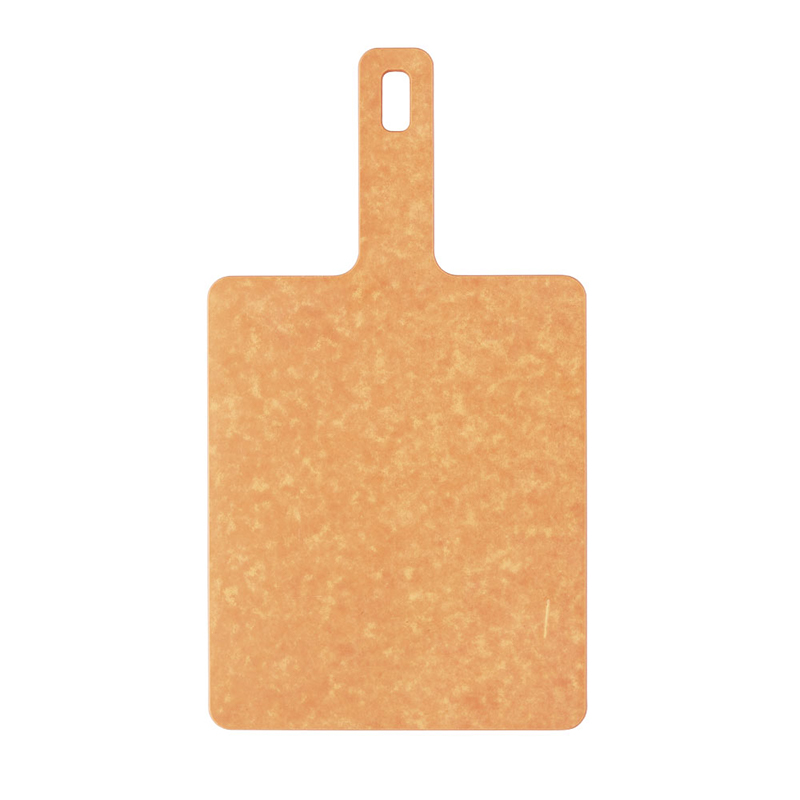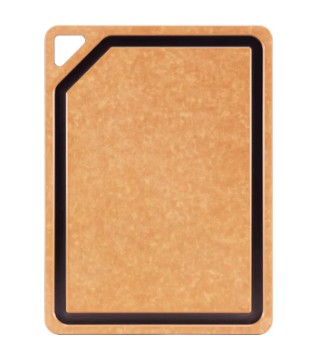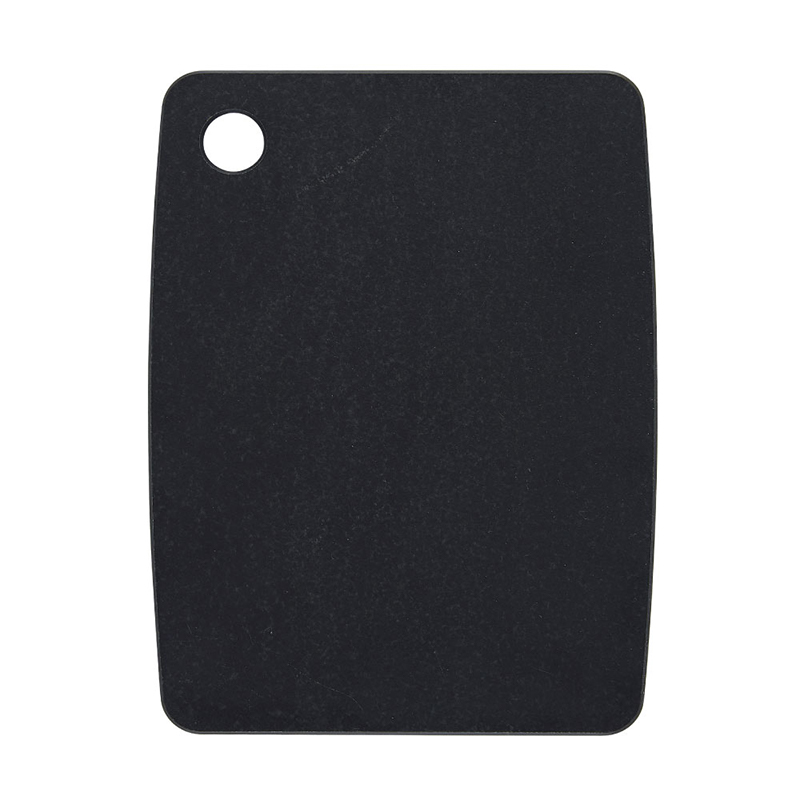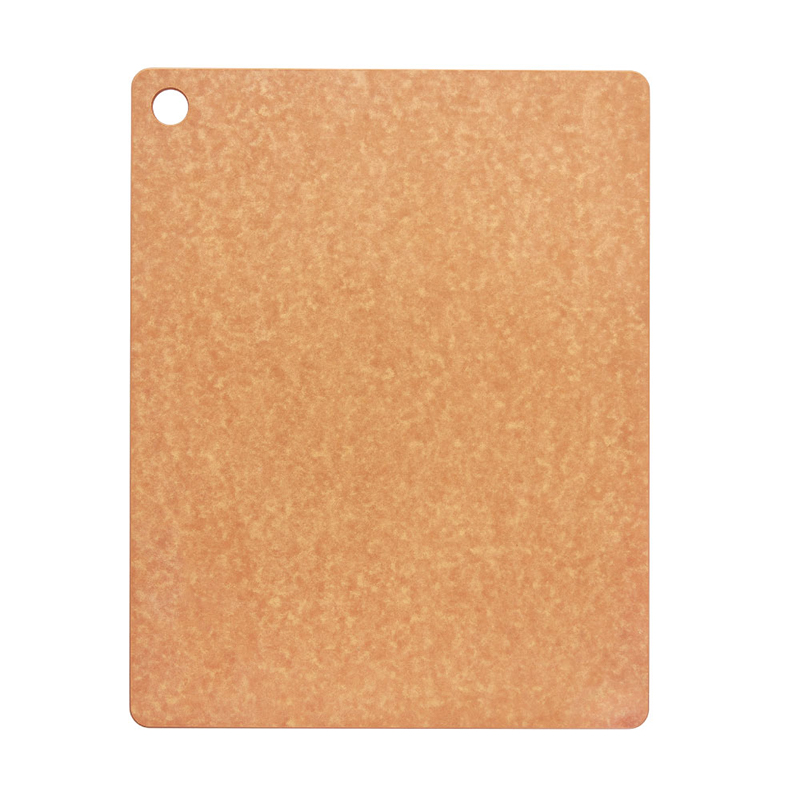-
Fiber RPET Kitchenware Products Production Analysis and Supply Chain Overview
In today’s sustainable kitchenware industry, the Fiber RPET Kitchenware Products category is attracting growing attention from factories, sourcing agents and importers. What does the production process look like, and how does it compare in terms of cost, material savings and quality when set side by side with traditional plastic or melamine kitchenware?

Fiber RPET Kitchenware Products Production Process in the Factory
The manufacturing journey begins with the collection of post-consumer PET bottles or other RPET feedstock. These materials undergo sorting, cleaning and shredding into flakes. Next, the flakes are melted and extruded into granules or fibre form. From there manufacturers spin or shape the fibre/flake blend into intermediate sheets or directly into kitchenware parts. One typical production flow covers sorting → cleaning → shredding → melting/extrusion → moulding/shaping → finishing. At the finishing stage, items may go through printing, colour treatment, surface texturing and food-contact certification.
Factory Metrics: Material Savings, Emissions and Efficiency
Data show that use of RPET rather than virgin plastic can reduce greenhouse-gas emissions by up to 60 per cent for certain items. For example, one piece of RPET kitchenware may incorporate material derived from 10–15 recycled bottles, bringing both raw-material cost savings and marketing value for eco-friendly positioning. For importers, this means a more reliable supply and fewer quality disruptions.
Comparison: Fiber RPET Kitchenware Products vs Traditional Materials
When compared to conventional plastic kitchenware and melamine products, RPET-based kitchenware brings several advantages. Traditional melamine tableware often faces regulatory scrutiny for potential toxicity under heat; in contrast RPET kitchen items can often offer heat-resistance up to 150 °C, and fulfil food-contact certifications (FDA, LFGB) more easily in some factories. In a side-by-side comparison, an RPET serving bowl might weigh 12 % less than an equivalent melamine unit, thanks to optimized fibre extrusion and mould design. For maintenance and end-user satisfaction, the reduced weight and stable dimensions enhance user experience. From a sourcing perspective, these material and performance differences position RPET-based items in a “premium eco-value” slot between low-cost plastic and high-end ceramic.
Implications for Importers and Exporters
For buyers sourcing kitchenware, understanding the factory metrics behind Fiber RPET Kitchenware Products becomes crucial. A factory capacity of 50 million pieces annually hints at export readiness and mould-tool investment. When they report rejection rates of 2–3 per cent and energy savings of up to 30 per cent, that suggests cost advantages that can be passed into wholesale pricing or brand margin. Furthermore, the fact that many RPET kitchenware items are dishwasher safe, food-contact certified and lightweight makes them attractive in markets where eco-credentials and logistics cost matter.
Conclusion
In conclusion, the Fiber RPET Kitchenware Products segment offers compelling factory-level and sourcing advantages. From the efficient recycling-to-mould production chain, to measurable emission and material savings, to stronger certification comparatives and market positioning, the value case is clear. For anyone involved in manufacturing or importing kitchenware, understanding the production story behind this material can inform smarter sourcing, better comparisons and stronger supply-chain decisions. The Fiber RPET Kitchenware Products line is positioned not merely as a niche, but a scalable and well-documented alternative for the future of sustainable kitchenware.

 日本語
日本語 English
English 中文简体
中文简体





